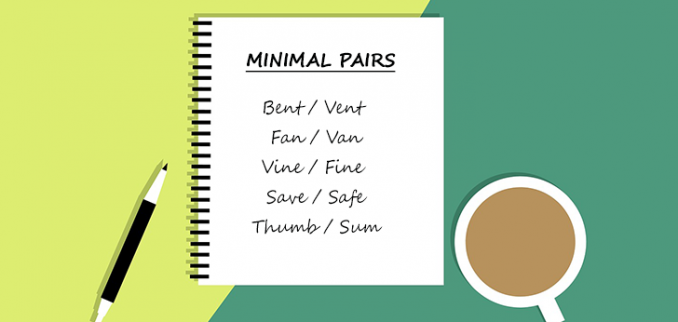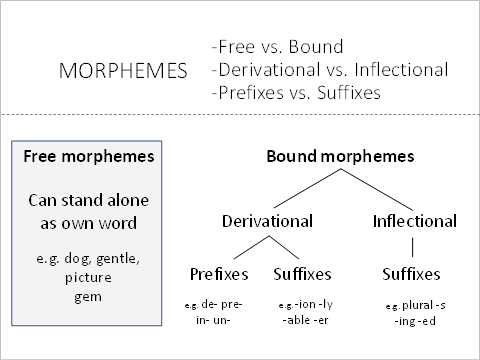Linguistics is the scientific study of language. Human language, understood as a systematic use of speech sounds, signs, and written symbols for communication among people, is a very complicated sys tem, which can be analysed on different levels and from various points of view. Modern
PHONETICS
Phonetics is the branch of linguistics that studies the characteristics of speech sounds. Since in English and some other languages there is a considerable discrepancy between spelling and sound, phonetic alphabets have been created in which one letter corresponds to one sound. The best-known and most widely used one is the International Phonetic Alphabet (IPA). The phonetic transcription is given in square brackets, for example, fee [fi:] or daytime [deitaim].
Phonetics is traditionally divided into articulatory phonetics, which studies how speech sounds are produced, auditory phonetics. All the speech sounds are classified into consonants and vowels.
According to their place of articulation, the English consonants are further classified into bilabial, labiodental, dental, alveolar, palatal, velar, and glottal. According to the manner of articulation, they are grouped into stops, fricatives, and affricates.
The English vowels are classified into simple vowels (or monophthongs) and diphthongs. The manner of the articulation of vowels depends on the position of the tongue and lips. They are grouped into high, mid, and low; front, central, and back, and rounded and ungrounded. However, English is not a tone language. It is an intonation language.
 |
| Picture retrieved from https://37fe0c3ertqe2eyr011ibnus-wpengine.netdna-ssl.com/wp-content/uploads/2016/06/595382210.png |
PHONOLOGY
Phonology is the branch of linguistics that studies the patterning of speech sounds in languages. To a large extent, it is related to phonetics but has a different focus. Whereas phonetics concentrates on the physical articulatory and auditory aspects of speech sounds, phonology investigates sound types that subsume all the variations of speech sounds which we actually produce while speaking. The central term in phonology is phoneme, which is defined as the smallest meaning distinguishing sound unit. For example, /p/ and /b/ are two separate phonemes because they can distinguish words (pit and
bit; pull and bull, etc.).
Predictable phonetic variants of a phoneme are called allophones. Allophones never occur in the same phonetic environment and are, therefore, said to be in complementary distribution. Phonemic distinctions are checked using the minimal pair test. If a substitution of one phoneme for another results in a word with a different meaning, we have two different phonemes. Comparing the same phonemes /p/ and /b/, we may notice that they are very similar in their articulation, only /b/ is voiced and /p/ is voiceless. Such distinguishing characteristics of phonemes are called distinctive features. If the feature is present in a phoneme, it is marked with a plus sign and if it is absent, it is marked with a minus sign. Thus /b/ is presented as [+VOICE] and /p/ as [-VOICE].
A distinction is made between phonetic and phonological transcription. Phonetic transcription is given in square brackets, [ ], and phonological transcription employs slashes, / /. One more field of study in phonology is the possible patterning of sounds and the constraints on the sequence, ordering or position of phonemes in various languages. These possible sequential arrangements of phonological units in a language are called phonotactics. In English, for example, /spm-/ or /nb-/ are not possible initial phonotactic sequences.
 |
| Picture Retrieved from https://allesl.com/wp-content/uploads/2018/05/minimal-pairs-678x322.png |
MORPHOLOGY
Morphology is the branch of linguistics which studies the structure of words and types of their formation. It is generally divided into inflectional morphology (which studies inflections of a language) and derivational morphology (which studies the types of word formation). Morpheme is the basic unit in morphology. It is defined as a minimal unit of meaning or grammatical function. Thus, the word unlocked in the sentence “He unlocked the door” has three morphemes (un- is used to show an opposite; lock – means to fasten with a key, and –ed indicates past tense). There are morphemes that can be used as single words (e.g. book, run, nice, one). They are called free morphemes. Others cannot
stand alone and have to be attached to another morpheme (e. g. un-, -ment, -ed, -s). They are bound morphemes.
Words which consist only of one morpheme are called simple words. Words consisting of two or more morphemes are called complex. Complex words have a root and one or more affixes (prefixes or suffixes). The form to which an affix is added is called a base (or a stem). Thus in the word assertiveness, assert is the root and the base for –ive and assertive is the base for –ness).
Derivation is one of the major types of word formation. Another very productive type is compounding – the process of joining two or more words to form a new word.
 |
Picture retrieved from https://www.education.vic.gov.au/PublishingImages/school/teachers
/teachingresources/discipline/english/literacy/litfocuswordmorph1.png |
What I learned:
Phonetics study the production of speech sounds by humans, it is traditionally divided into articulatory phonetics, which studies how speech sounds are produced, auditory phonetics.. Phonology is about patterns of sounds, especially different patterns of sounds in different languages, or within each language, different patterns of sounds in different positions in words, etc. Also, morphology study how the words are conformed, its structure, parts such as prefixes or suffixes, etc. I have to be honest, in this topic, I have many problems because phonetics was not and is not actually my subject, so I need to review the material to understand better what I am doing, so I understood the theory but in the exercises, it was a big problem. However, I am working on it.
References:
Dalia Masaitien(2009-07-03), INTRODUCTION INTO LINGUISTICS: A TEACHING GUIDE,Metodin priemon. Išleido Vytauto Didžiojo universitetas
S. Daukanto g. 27, LT-44249 Kaunas.


